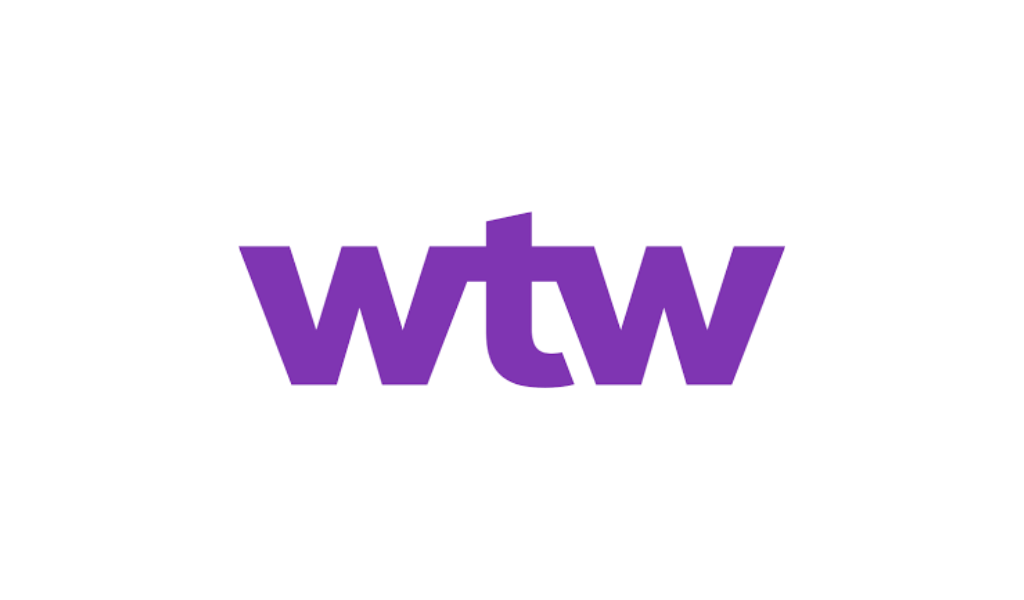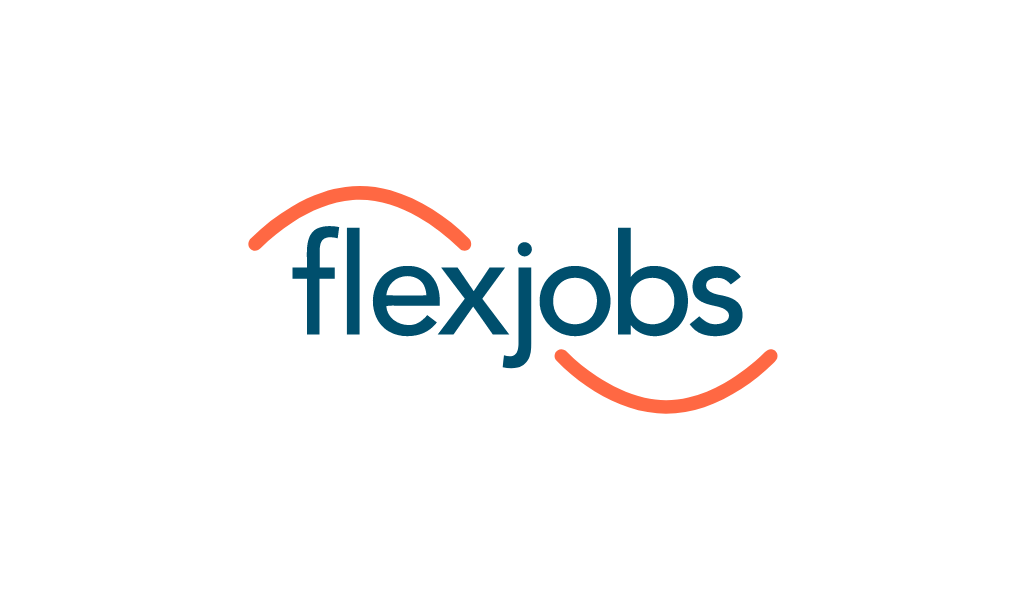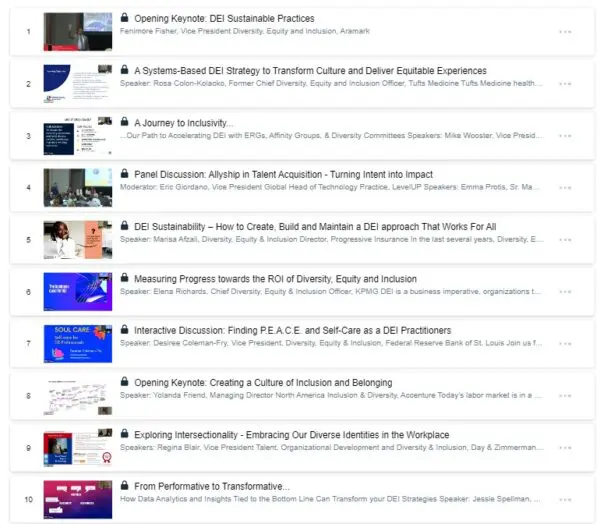As burnout runs rampant in the workforce, “sponge employees” are at a particular risk for disengagement and exhaustion.
By Maggie Mancini
Employee burnout reached a boiling point this summer, with half of the global workforce struggling with exhaustion and disengagement from their work, according to research from Boston Consulting Group. The share of Glassdoor reviews mentioning “burnout” has increased to the highest level since the company began tracking the data in 2016. Employees are also more likely to experience negative emotions at work—including stress, depression, and burnout—than they were pre-pandemic, according to research from MetLife.
As burnout becomes more common in today’s workforce, one cohort of employees may be at an outsized risk for overwork and disengagement: “sponge people,” says Dana Rogers, vice president of people and great work operations at O.C. Tanner.
“Sponge people are employees who consistently go above and beyond in their role and have a strong desire to help the organization succeed,” Rogers says. “They are often the first to take on additional tasks to help out another coworker or be a sounding board for team members to talk through personal or professional struggles.”
To identify this type of employee, Rogers explains that organizations should look at their highest performers and those who tend to go out of their way to support their colleagues. These people can be found at any level of the organization—from the most junior level to the C-suite—so it’s important for leaders to take a holistic view of the workforce when identifying which employees are at the highest risk for burnout.
“This group is most at-risk for burnout because they are employees who will take on both the tasks and feelings of those around them,” Rogers says. “Unfortunately, their inclination to help others can push them to overwork and take on too many responsibilities, resulting in their own burnout.”
Rogers explains that middle managers often fall into this group because they face pressures from both above and below and are often the “shock absorbers” of organizational decisions. They are responsible for strategic planning, while also communicating changes to their teams and balancing the well-being of their employees, she says. When the company’s decisions negatively affect employees, middle managers feel responsible for the impact, she explains.
“There has also been a push for leaders to incorporate practical empathy into their management, an approach grounded in understanding and supported by action,” Rogers says. “However, without proper boundaries and an understanding of what a manager can and cannot change, it can easily become an environment where employees outsource their stress to their manager, driving burnout.”
These employees are incredibly valuable to an organization—not just because they drive efficiency and produce great work, but because they help foster a positive company culture. Because they believe in the work they’re doing, they are key for recruiting top talent and maintaining a positive brand image, Rogers says. They are compassionate and want to help colleagues through challenging times, which creates a culture of understanding and support.
“When these employees become disengaged, organizations risk losing a key team member and creating a ripple effect where other team members disengage and leave the organization, too,” Rogers says.
If they’re a manager, companies may also lose the rung between the C-suite and junior employees, as leaders are responsible for translating company goals into actionable strategy, Rogers adds. This could also widen the skills gap, as managers play a key role in mentoring junior employees.
“Oftentimes, this cohort of employees struggle to set and maintain boundaries with coworkers, whether it’s taking on tasks or listening to their feelings about their job or personal matters,” Rogers says. “If this becomes a frequent occurrence, it can lead employees to feel overwhelmed and stretched too thin, resulting in burnout.”
Rogers recommends that HR teams consider employing several tactics to help reduce burnout and re-engage this group of high-performing employees.
- Empower employees to set boundaries and stick to them. It’s important that workers at all levels understand their role and responsibilities and know what falls outside of their job description. “Allow employees to say no or ask for support when they feel overwhelmed and listen when they do so,” she says. In some cases, this may mean hiring extra help or encouraging employees to take time off to recharge.
- Inject meaningful recognition into the everyday employee experience. A lack of recognition increases the odds of burnout by 48%, and conversely, when recognition is a key pillar in company culture, burnout decreases by 80%, Rogers explains.
- Apply personalized, frequent recognition to every employee. To make recognition more effective and re-engage employees, ensure that the appreciation is tailored to each employee, what they care about, and the impact their contributions have made on the organization.
“HR teams and leaders must lead by example because an organization’s culture is built on actions, not words,” Rogers says. When employees see these behaviors modeled—like leaders taking time off to recharge, giving frequent recognition to team members, and setting healthy boundaries—they feel more comfortable to follow suit, which helps minimize burnout, she says.














